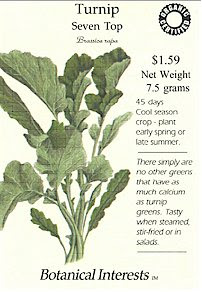Lancaster's Eastern Marketby Jean Fitzgerald
for Metrofarming Eastern MarketMetroFarming
Eastern MarketMetroFarming visited a wonderful farmer's market space in Lancaster County during this past weekend. We were invited to the practice run for the
2010 Eastern Farmers Market at 308 E. King Street which opens officially on May 29th Our primary contact was
Douglas Smith, Director of the Eastern Farmer's Market in Lancaster. The market is incredibly easy to find for out-of-towners, and the people running it are just as accessible. Parking nearby is convenient; we were a 1/2 block around the corner on a shady, unmetered street.
What makes Eastern Farmer's Market in Lancaster special and worthwhile to all of us? It is a non-profit market that was established for the purpose of providing low-income individuals and families residing in the city of Lancaster with a cornucopia of affordable, fresh food and produce. It was also created to give local, low-income and other neighbors an opportunity to sell their own local, home-garden and farm wares. Most significantly, the individuals and families who have begun to participate are collaborative, creative, mindful, enthusiastic, organized, and very clearly becoming successful entrepreneurs. It was interesting to perceive how the unique rural qualities of Lancaster County combine with the varied inner-city residential cultures & urban demographics. Lancaster is an extremely vibrant, colorful, beautiful city in all of its parts.
We mingled with a great number of hard-working and dedicated vendors at The Eastern Market and were grateful to be extremely well-received by everyone we met, from Eastern Market board members, to administrators of the organization, contributing local produce growers and meat vendors, neighborhood culinary specialists, Lancaster County craft and natural soap artisans, to a booth providing educational and media materials regarding a specific, critical, current environmental issue.
There were also an inspiring number of collaborators and pro-bono supporters who attended the event helping to prepare and sell food, guide patrons on product ingredients, communicate ideals, issues, and farming techniques, and basically just assist their friends and family by showing up to have fun, celebrate life and farming, and to set-up and close-down booths. The rest of us grew in knowledge, health and wellbeing, good cheer and even awe as we browsed, sniffed, ate, asked, listened, and filled our baskets for subsequent enjoyment... and eventual nostalgia for the savory and tender experience that Lancaster is.
I descended upon a gregarious and engaging family vendor displaying a rich array of Middle Eastern cuisine.
Hamid Hamid is a long-time vegetable grower, originally from Jerusalem. The ecstasy his market customers enjoy, he emphasized, is the result of tasting the exquisite, singular quality of his produce, including a rare and delicate cucumber, and unfailingly delectable eggplant that is solid and thick when it is cooked and has a wonderful texture and taste. His zucchini is extremely fine as well. Although Hamid admitted to importing some of his superlative produce from other continents- he is eager to introduce a local crop as well and for that purpose, is sharing land with a local Amish Farmer. $4.00 will buy you a belly-full of delicious falafel. I personally experienced the joy of connecting with Hamid and his wife
Nowal; they were full of stories from the Middle East, the recounting of which was evidence of great humor, bliss and yes, sorrow; and still, we now also have memories of the fine treat of our moment together in the day.
 Lime Valley Mill's produceBryan Campbell
Lime Valley Mill's produceBryan Campbell, an Eastern Market board member, introduced us to the beautiful produce of
Allyson and
Dale Brian as he made his weekly purchase; this time mustard greens. Allyson described her farm to us,
Lime Valley Mill , with straight forward speech and energy; their livestock is not given antibiotics unless they are sick and they do not use growth hormones either. So reassuring and hopeful to hear. Although they are not currently certified organic, they follow all OMRI standards and do not use non-OMRI pesticides. On 118 acres, 6 acres are used for produce, and the rest is pasture-land for livestock, farming animals and field crops which include corn, beans, wheat, barley, alfalfa, and orchard grasses. Their meat offerings to the community are beef, pork, and lamb. Allyson is a significant contributor to this Farmer's Market and will welcome all inquiries and new customers. We plan to visit Lime Valley Mill in the near future, and greatly look forward to becoming repeat customers.
A tantalizing ingredient of this market is its diversity - global cultures, individual participants of all ages, and the support of a low key, but committed group of young people from the community who lend the entire organization their many helping hands. They are examples of an awakened and very conscious, conscientious generation who will influence many lives around the world for the better. And from my perspective, corporate, civic and institutional leadership will find that the long journey home to greater integration in society and the provision of key infrastructure to end destruction of the earth's precious environments will be led by just such young people as these. Collaborative groups like this group who are nurturing the local, inner-city customers and budding micro-entrepreneurs in the downtown city of Lancaster, Pa. are making a huge difference behind the scenes and in the battlefields of every farming and wildlife environment around the world.
Another young local has been instrumental in entertaining the young people who walk with friends and parents to the Eastern Market. We watched
Rob Seitz, manager of
Art in Action at local Lancaster schools, help neighborhood children create art for the market by designing and painting fruits and vegetables on poster board. Everyone we met Saturday is involved in farming in some way and Rob is no exception: he is part of a farming co-op with 8 friends just 25 minutes away from Eastern Market.
 Etayehu Zeneba of Gursha Organics
Etayehu Zeneba of Gursha Organics Our beautiful new friend
Etayehu Zeneba of
Gursha Organics is another vendor at Eastern Market, grows herbs and lettuces in her backyard garden; her very delicate looking, but strong hands deserved the jewels of the soil she held out to me: gorgeous chives and fragrant oregano made us best buddies immediately. The lunch that Etayehu prepared for us was an Ethiopian vegetarian platter of lentils, vegetables and couscous that was wonderful along with a refreshing jar of home-made mint tea with honey. Etayehu also provides the greater Lancaster community with her food specialties from Ethiopia at a much touted local natural foods store called
Expressly Local Food.
 Mint Tea with Honey
Mint Tea with Honey We were drawn towards a serenely perfumed scent emanating from the
Peace of Soap booth, belonging to
Tandi Book. Tandi was handing out samples of her hand crafted soaps made with locally sourced ingredients. A hot bath later that day using one of Tandi’s soaps was a sublime pleasure bordering on transcendence.
After the market closed,
Douglas Smith introduced us to the Lancaster Eastern Market's first neighborhood co-operative, garden plot. It is a small lot with beautiful and unusual raised beds built from Osage Orange wood, as well as various brick, stone and cinderblock-lined beds. The land has been loaned to the Eastern Farmer's Market by a Good Samaritan in the community. It has been designated
The Alley Garden; and another neighbor is donating his own previously farmed soil and compost with excellent PH and nutrient-rich minerals. The community lot has been cleared of trash and debris, some rain barrels donated by locals, and customer-farming/vendors of the Eastern Market are eagerly watching the delicate green of sprouts just beginning to show new growth of carrots, spinach, onions, squash, cucumber, cilantro, arugula, chard, green beans, black beans. Hands that previously were unaware of the magic of mulch are getting dirty and the individuals involved will benefit from a new hobby or, in some instances, the beginning of a life-long passion.
Franklin & Marshall College's Department of Agriculture has been involved in soil testing for The Alley Garden, as has the
Pennsylvania Department of Agriculture. The services of each has been enormously helpful and appreciated.

 The Alley Garden
The Alley Garden Many thanks to
Douglas Smith of the Eastern Farmer's Market. His effective leadership, operational skills, patience and great kindness to constituents builds relationships and tears down walls. We were greatly impressed by the raised beds he has built at The Alley Garden and the knowledge base that he has developed in the evolution of the Eastern Farmer's Market in Lancaster and that he so willingly shares. Thanks in advance to
Bryan Campbell, board member, for his insights and competence on an on-going basis regarding the New American Slow Food Movement and social justice "with access being key". We look forward to future dialogues and becoming equally fluent on these urgent, many-layered issues.
Eastern MarketLime Valley Mill
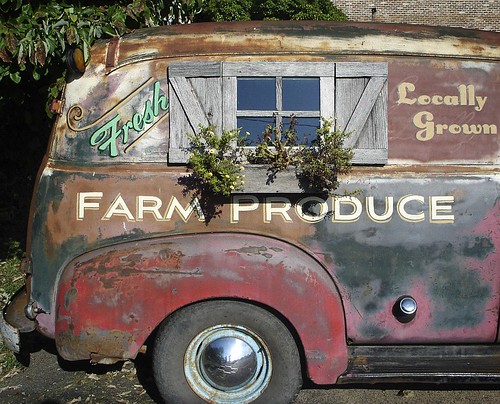





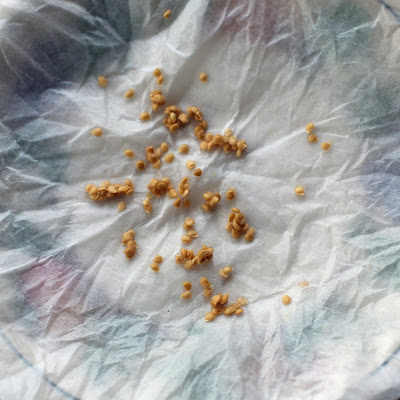

 garden peach
garden peach assorted cherry tomatoes
assorted cherry tomatoes dr. wyche's yellow
dr. wyche's yellow harfeuer
harfeuer german red strawberry
german red strawberry santore roma
santore roma
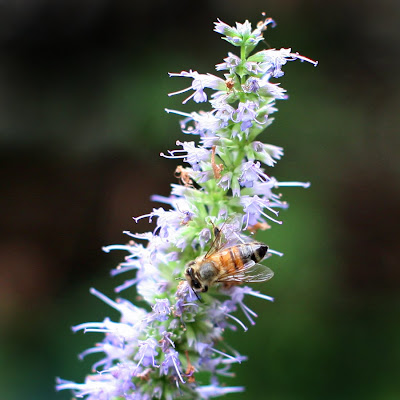







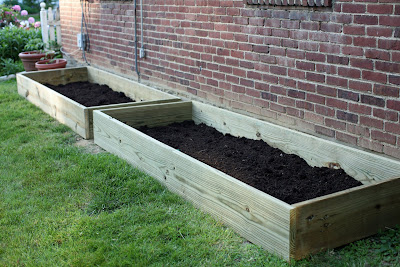


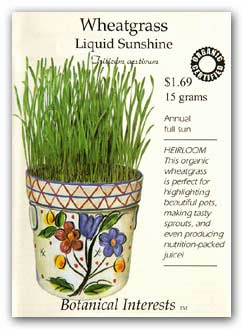

 Eastern Market
Eastern Market Lime Valley Mill's produce
Lime Valley Mill's produce Etayehu Zeneba of Gursha Organics
Etayehu Zeneba of Gursha Organics Mint Tea with Honey
Mint Tea with Honey
 The Alley Garden
The Alley Garden

